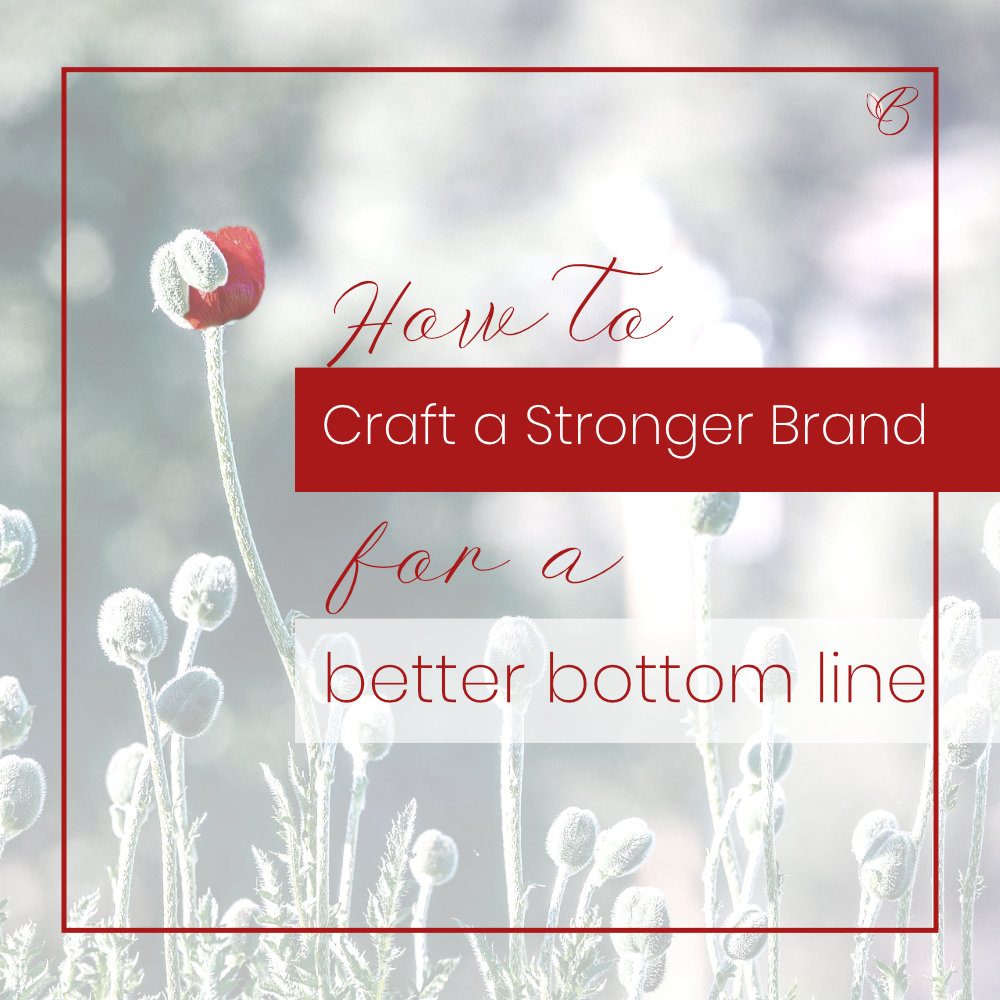Want to know how to write your About page?
The number one rule when you write your About page is – it’s not about you.
Your About page is about your AUDIENCE. They want to know why you’re right for them. So, make it easy for them to decide.
There’s a heap of different ways to create a standout About page – videos, graphics, animations… but whatever the format, here’s my checklist of things to remember.
Don’t ever underestimate your ‘About’ page’s importance – next to your home page, your About page is the 2nd most looked-at page on your site. Don’t believe me? Think about what YOU do when you’re checking out a new site. If you’re serious about doing business with someone, then you will probably have checked out their About page. Perhaps you’ve had a sneak peek at my About page? Ha! If you didn’t before, maybe you have a sudden urge to go there now. We ALL do it.
Let me say it again: your About page is about your audience, not you. Especially when you’re a small business, and ESPECIALLY when you’re a solopreneur. Your audience want to make a personal connection.
Your writing style
One super important thing to learn about your About page, is do not write your About page in the third person.
If you wanna be stiff and formal, go for it – but for most of us, that format’s best saved for your next academic paper or corporate report.
We’re not big business here – we’re people working with people. Always be a human, and always write in the first person. This is because it’s about you and me – and I’d like to know about you.
See?
Your photo

Your audience wants to see you. We’re human, and we connect to faces, so show me what you look like!
Choosing the right photo isn’t too hard – the main thing is that you look real, and approachable – but there are some key aspects you need to check.
Importantly, make sure your image is well-lit and crisp. You don’t have to use a professional photographer (although a good profesh photo can be fabulous!) – just no blurry late-night snaps taken at that friend’s BBQ 5 years ago PLEASE. And definitely get rid of the red-eye.
Also, ensure it’s a fairly recent photo – because anything else is not representing you truthfully. You don’t want your audience to be surprised by the way you look when they have their first video call with you (major differences in hairstyle/colour are particularly off-putting) – any little mismatch between expectations and reality is another reason for your audience to trust you and/or like you less.
Who’s it for?
This really should be your number one question, BEFORE you do anything else.
Think very clearly about this – who exactly is your audience? What’s their exact problem? ALWAYS keep this in the back of your mind when you write your About page. You speak to little kids very differently than you do to your elderly grandmother. You speak to the mechanic differently than the hairdresser. It follows then that you need to understand your audience properly so you can speak to them “in their language”.
What information do you include?
What value do you give your readers? There’s a point to your About page – it’s about what you can do for your audience.
Why would they stick around here with you? There’s a tonne of other people offering solutions to your audience’s problem. The reason is that you demonstrate you understand them and their situation. Do this by telling a bit of your background story. Where have you come from? What’s been your experience? What challenges have you been through? If the answers to these questions correlate to your audience’s experience, then BAM – instant rapport.
People can also be looking for specific information. So what sorts of questions do people ask when they get to your About page? They want to know if you’re a big company or a small one; is it just you, or are there other people involved? How long have you been in business? Where are you based? What are your core values?
In MOST cases, your professional qualifications are not necessary. Yes – if you’re in counselling, law, accounting, psychology… then absolutely include these, because generally it’s a legal requirement that you must have these before you’re allowed to practise. However, I don’t list out the four degrees I have or how many years I spent at uni, because most people just want to SEE I can do the job and look to my portfolio page and my testimonials for proof.
Your track record
Social proof is awesome. Because your potential customers not only want to get to know you, they need some kind of guarantee that you can actually solve their problem for them. That’s why it’s pretty much VITAL that you include some testimonials from happy customers.
Testimonials are most effective when the happy customer talks about four key things that demonstrate their journey with you: how they were struggling, what they were looking for, how you helped them, and what the result is.
Social proof can also be a whole lot more than simply using testimonials from individuals.
For instance, any mentions you’ve had in the press (remember that article in the local paper with the great photo? Include that magazine article too).
Guest posting is another great thing to include – grab a logo from the place where you were featured, and pop it in a space with all the other logos from all the other places you’ve been featured. You often see these on sites of well-known businesses – a panel dedicated to “As featured in” – with all the logos (often they’re all grey too, which helps them look more cohesive as a group, and doesn’t distract so much from your own branding).
Captured by the visuals;
Seduced by the words
Visuals are important, but they’re not the only thing. Visuals are your first line of engagement. They’re there to grab your audience’s attention; they’re there to set the mood; they’re there to support what you have to say. Make them count, but don’t rely on them to get you over the line. Words do that.
Just like that handsome man at the party – unless he’s got something interesting to say, you’re not going to stick around to find out more.
Words add substance.
How to write? The tone of your Brand Personality will be your guide when you write your About page, so you can be as down to earth or as quirky as your brand suggests. Branding is all about conveying a consistent message and personality in everything you do – so how you write when your brand is whimsical or ethereal will be quite different to how you write if your brand is boisterous and fun.
Think about the About pages you’ve read. The ones that really grab you are not the factual ones, the ones that simply list qualifications, or the ultra-brief ones that say “I’ve got three kids and in my spare time I like cooking and listening to music.” It’s the ones that tell a story about that person – what they think about and how they got to where they are now.
For instance, my About page includes –
I’m naturally curious.
I’m drawn to learning about people and the world around us. Nature is a constant inspiration, with its endless variety, organic patterns, attention to detail, and the way it has sorted itself into highly functioning, flexible systems.
The thing about nature is that it doesn’t get caught up in attracting what it doesn’t need. While there is complexity to the balance of life, the underlying concept is simple: Do your own thing, so you attract the right audience.
I apply the same principle to all my own work.
This helps to filter my ideal audience. People who care for the earth, people who align their business with their soul purpose and love what they do will resonate with those words. Others who think I’m too dreamy/too fluffy/too feminine and just want a cheap, fast designer will end up going elsewhere, and that’s exactly what I want. They’re NOT my ideal customer, I don’t want to work with them, and someone else will serve them better.
Another way you can align with your audience is to tell a relevant story – snippets from your life can ground a sense of who you are and what you’re like to work with. It could be a story about your humble (even shambolic!) beginnings, and about your dream. Bring your readers into the story of your vision for the future.
And yes you CAN include the odd random fact about you – shows you’re a real person and just as weird as the rest of us (psst: Don’t include your whole life story – it’s too long, and the vast majority of it’s not relevant to what you’re doing in your business. Save it for your autobiography when you’re a squillionaire).
A call to action
Include your call to action on the page – if people like what they read, they’ll want to maintain the connection. Don’t get them all interested and then leave them hanging for more… because chances are once they click away, they’ll get distracted by the next shiny interwebby thingy and forget all about you. Once they’ve given you their email addy, you can maintain the connection and build on the sense of expertise, familiarity and trust by sharing beautiful, relevant and useful information.
Your page layout
Break your text up. We’re a culture of skimmers. ONLY if something grabs our attention will we be bothered to stop and read the whole damn thing. Break your text up with headings, highlighted text etc. And add images – photos of you!
Don’t include everything and the kitchen sink. Include your social connections here if you like, but ensure they’re secondary to your call to action. And don’t include allllll your social media channels unless you intend to regularly check on allllll of them…
Update your About page regularly. Had a big change of hairstyle? Get a new photo. Don’t include ancient social media (eg Blab/Periscope/MySpace…) or any other out-of-date-social-media-that’s-disappeared-into-a-black-hole. And of course, make damn sure that what you say in your About page is still aligned with who and what you are, and what you have to offer.

